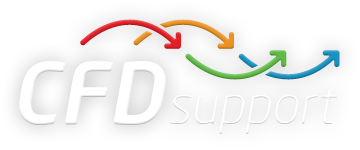
Dishwasher OpenFOAM® Study
Human blood clotting (coagulation) process after demaging the blood vessel
The project’s (in collaboration with CTU) task was to model coagulation or clotting of human blood. The main part was to model the creation, growth and dissolution of blood clots that arises immediately upon breach of the vascular wall. This work was published e.g. in following article here.
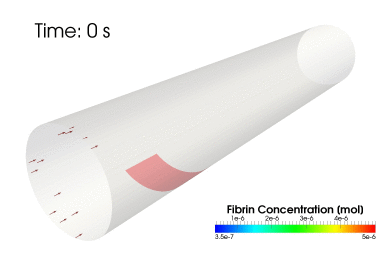
Blood is a very complex compound and its behavior is in many ways different than the “classical” homogeneous fluid. Just a few examples: blood viscosity strongly depends on the change in velocity. Unlike most liquids blood is also elastic. It is also chemically active and contains dozens of concentrations of substances that further influence its behavior.
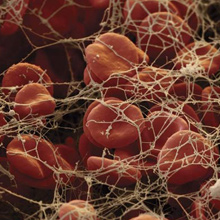
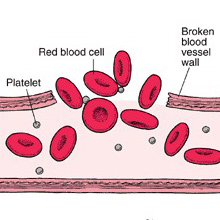
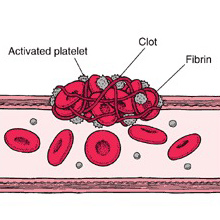
According to an article from the group around Professor Rajagopal we have developed a computational model for OpenFOAM® that takes into account both variable viscosity and viscoelasticity and chemical reactions associated with the coagulation of blood. Therefore, modeling was processed on three levels. OpenFOAM® classic unsteady model was extended by one algebraic relation for the variable viscosity (Modified Causon Model), six transport differential equations for viscoelasticity (Oldroyd B model) and 28 transport equations for blood coagulation (Rajagopal model).
Please contact us for further information.
